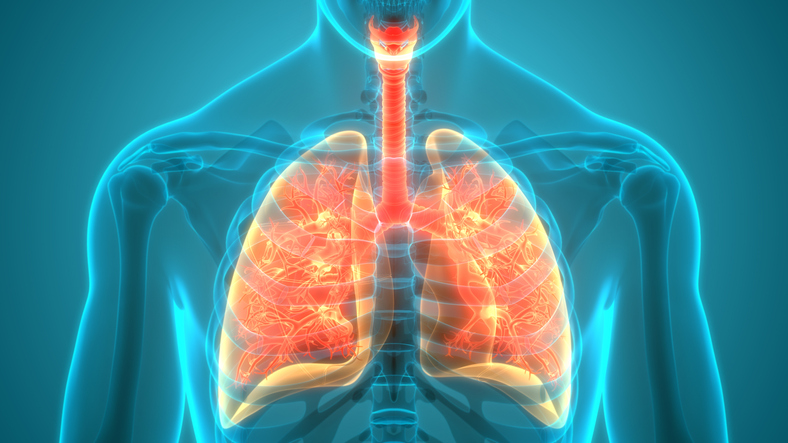Loading
“For many patients admitted to the hospital with COVID-19, surviving the virus is only half of the battle. Once deemed virus-free and ready to be sent home, the often-long road to recovery – including rebuilding lung capacity and overall respiratory health – begins.
Two Cedars-Sinai respiratory therapists explain what roadblocks these hospital-admitted patients face when it comes to lung health and offer tips for non-patients looking to improve their overall respiratory health.
“Patients with COVID-19 tend to be sicker for much longer than other patients with respiratory-related illnesses and, on average, stay on a ventilator for a longer duration,” said Dagoberto Naranjo, RRT, a respiratory therapist in the Department of Respiratory Therapy at Cedars-Sinai.
These ventilated patients also take longer to react, or benefit from, oxygenation efforts, according to Naranjo.”
Read full article, here.
Loading





